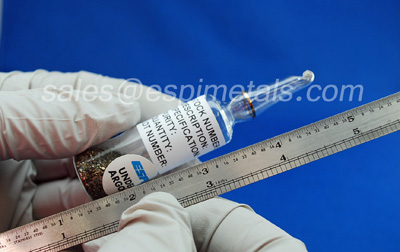na+cl =nacl2
cu20+hno2 = cu2(no2)
fe + 0 = feo2
hci + na = na2h
al + o = alo2
c2 + fe = fec3
hg + o = hgo2
Monday, 23 December 2013
Saturday, 21 December 2013
Sunday, 15 December 2013
nitrate acid and copper
Saturday, 14 December 2013
cerium
on earth cerium is almost as abundant as copper (29) and is quite inexpensive especially in the form of cerium oxide widely used as an abrasive powder for polishing glass . cerium metal is pyrophoric witch
meaning that it can catch fire when scratch,file or grind it. in practice that dose not mean the hole lump caches fire but rather that the shavings burn as formed making the material very sparky . not surprisingly this makes cerium useful in liter flints where is highly pyrophoric nature is moderated by alloying it with iron (26).
large lumps of undiluted mischmetal lanthanum-cerium mixtures described under lanthanum (57) are used in movie special effects to create large sparks.cerium has a atomic number of 58 atomic mass of 140 and atomic symbol of ce.
Monday, 2 December 2013
the soft metals
the soft metals are known as cu ag au the metals sit in one column on the periodictabal of elements
the real name for them are copper gold and silver these are non magnetic metals
the real name for them are copper gold and silver these are non magnetic metals
Wednesday, 16 October 2013
metal hydroxides
HCI + NAOH = NACL + H2O.
2HNO3 + CUO = CU[NO3]2.
2HCI + K2CO3 = 2K2CL3.
AL + O2 = AL[O].
FE + H2O + O2 = FEO.
2HNO3 + CUO = CU[NO3]2.
2HCI + K2CO3 = 2K2CL3.
AL + O2 = AL[O].
FE + H2O + O2 = FEO.
Friday, 11 October 2013
why was my plant water poisonous?
I found out that my plant water was poison because when I put ph in it, it turned blue so I did some research and I found that it was infected with a chemical compound called alkali and that it turns ph blue.
how to make carbonated water
Dangerous Plant Water
Wednesday, 2 October 2013
DIY Experiments
Copper Oxidation
what you need
.salt
.water
.copper coins
.cup
.tin
1.pour some water in a cup.
2.mix 2 tsp of salt to the solution.
3.ad 3 copper coins to the salt water wait for a 2 months.
sodium chloride
what you need
.salt
.water
.container/lid
1.pour some water into the container.
2.mix 2 tsp of salt in to the solution
3.put the lid on the container.
what you need
.salt
.water
.copper coins
.cup
.tin
1.pour some water in a cup.
2.mix 2 tsp of salt to the solution.
3.ad 3 copper coins to the salt water wait for a 2 months.
sodium chloride
what you need
.salt
.water
.container/lid
1.pour some water into the container.
2.mix 2 tsp of salt in to the solution
3.put the lid on the container.
Friday, 6 September 2013
What I've learnt about Hydrogen
Hydrogen is the first element on the periodic table. It has an atomic number of 1. It is highly flammable and is the most common element found in our universe.
Carbon Facts
Carbon comes in a number of different forms (allotropes), these include diamond, graphite and impure forms such as coal.
CHEMISTRY QUIZ
This morning I did this chemistry quiz with Mum. I got 13/20 questions right. How well can you do?
1. What is the first element on the periodic table?
|
2. What is the centre of an atom called?
|
3. True or false? Acids have a pH level below 7.
|
4. What is the main gas found in the air we breathe?
|
5. True or false? An electron carries a positive charge.
|
6. Famous New Zealand scientist Ernest Rutherford was awarded a Nobel Prize in which field?
|
7. What is the chemical symbol for gold?
|
8. K is the chemical symbol for which element?
|
9. What orbits the nucleus of an atom?
|
10. At room temperature, what is the only metal that is in liquid form?
|
11. True or false? A neutron has no net electric charge.
|
12. A nuclear reaction where the nucleus of an atom splits into smaller parts is known as nuclear fission or nuclear fusion?
|
13. What is H20 more commonly known as?
|
14. What is the third most common gas found in the air we breathe?
|
15. What is the name given to substances that are initially involved in a chemical reaction?
|
16. True or false? Bases have a pH level below 7.
|
17. Is sodium hydroxide (NaOH) an acid or base?
|
18. Atoms of the same chemical element that have different atomic mass are known as?
|
19. True or false? A proton carries a positive charge.
|
20. What is the fourth most abundant element in the universe in terms of mass?
|
Subscribe to:
Posts (Atom)




